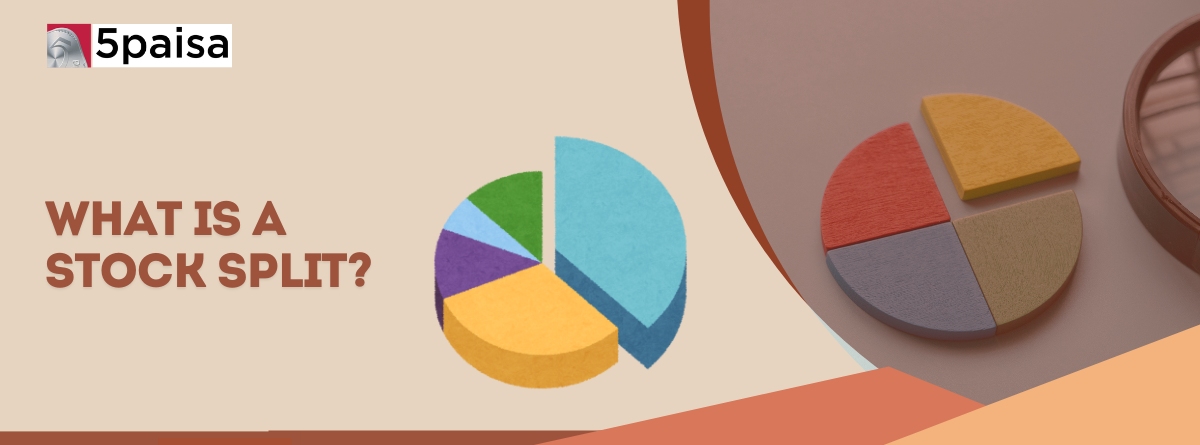Content
- Introduction
- What is a stock split?
- What happens when a stock splits?
- Why companies use stock splits and How a Stock Split Works?
- Key Dates in a Stock Split
- Types of Stock Splits
- Reverse Stock Splits
- Pros and Cons of Stock Splits
- An Example of a Stock Split
- Calculating the Stock Splits in a Company's History
- Conclusion
Introduction
Typically, listed companies engage in various corporate activities such as issuing bonus shares, distributing dividends, and more. When a corporation declares a stock split, the number of shares issued increases, but the market capital stays constant. Here, existing shares would be split, but their fundamental value would remain unchanged. The price of every share will increase with an increase in the number of existing shares split. This is a good sign for both current and prospective investors.
More Articles to Explore
- Difference between NSDL and CDSL
- Lowest brokerage charges in India for online trading
- How to find your demat account number using PAN card
- What are bonus shares and how do they work?
- How to transfer shares from one demat account to another?
- What is BO ID?
- Open demat account without a PAN card - a complete guide
- What are DP charges?
- What is DP ID in a demat account
- How to transfer money from demat account to bank account
Disclaimer: Investment in securities market are subject to market risks, read all the related documents carefully before investing. For detailed disclaimer please Click here.
Frequently Asked Questions
A stock split is frequently an indication that a firm is doing well and that its stock price has risen. While this is a positive development, it also implies that the stock has become less inexpensive for investors. As a result, firms may decide to do a stock split to make their shares more accessible and appealing to individual investors.
Typically, the company benefits because it increases liquidity.
Investors should not purchase stock after a dividend record date in the expectation of obtaining the corresponding payout. Dividends declared following a stock split are lowered proportionally per share to account for the increase of shares outstanding, although overall dividend payments remain unchanged.



